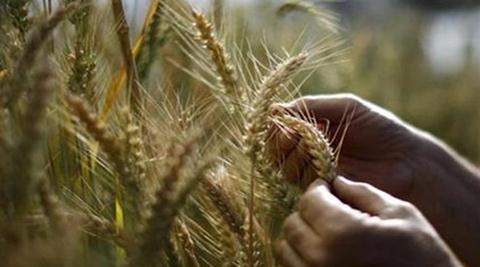With just a couple of weeks left for the sowing season to end, it is clear that the rabi crop hasn’t taken a big hit due to demonetisation. Area sown till Friday was 51.9 million hectares, up 6% from the comparable period last year and marginally higher than what is described “normal” for the period.
Sowing of wheat, the crop that accounts for about half of the rabi area, recovered smartly over the last fortnight. While area under wheat was down 8% from normal on December 2, it was just 1% below normal on Friday, according to data released by the Union agriculture ministry.
Pulses area was up 9% on Friday, while that of oilseeds was down 1%.
According to sources, sowing has so far been completed in around 82% of areas usually sown.
Acknowledging that farmers had faced a cash crunch in the first few days following demonetisation, an agriculture ministry official told FE that a series of measures announced by the government helped in increasing the sowing area.
The government allowed farmers to buy seeds using old R500 notes from state-owned companies and asked fertiliser companies to give soil nutrients on credit to farmers.
It also told Nabard to disburse R21,000 crore to cash-starved farmers, helping them sow winter crops like wheat.
Under the scheme, Nabard is disbursing money to farm cooperatives for onward payments to farmers.
Last month, the government had announced 6-16% increase in the minimum support price (MSP) for rabi crops — wheat, barley, gram masur, mustard and safflower — for the 2016-17 season. MSP is the price at which the government would buy wheat, pulses and oilseeds from farmers.
The ministry has set the country’s grain production target at a record 270.10 million tonnes (mt) for the 2016-17 crop year (July-June), up 6.7% from the output of 253.23 mt in 2015-16. The sowing of rabi crops usually begins at the end of October and harvesting starts in April.


